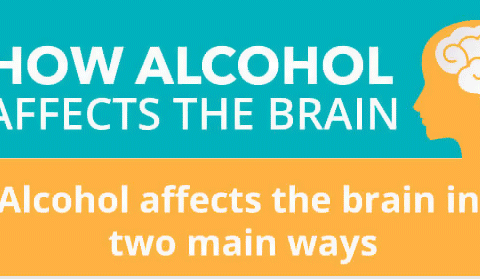According to research conducted, excessive alcohol consumption could result in permanent brain cell dysregulation among adolescents.

These results demonstrate that binge-level alcohol exposure during adolescence, during the critical years for brain development, results in permanent changes to brain communication and signaling ability, potentially setting in motion long-term behavioral modifications and cognitive altering mechanisms induced by alcohol consumption.
This study suggests that when neurons are disoriented by excessive binge drinking among adolescents, even after they stop drinking alcohol altogether. They may remain off track even when alcohol consumption stops.
The prefrontal cortex is an essential brain area for decision making, risk assessment, and executive functioning, yet is only fully developed in adolescents by age 25; any disruption of its development could have lasting and serious repercussions for individuals of young age.
Heavy binge alcohol use can have detrimental consequences for everyone, but adolescents appear particularly susceptible to its harmful effects that will last throughout their lives.
Researchers utilized an adolescent mice model exposed to ethanol to study how different neuron populations in the cortex, the outermost layer of the brain, are altered by voluntary binge drinking.
This mouse model is known to mimic human binge alcohol consumption, defined by the National Institute of Alcohol Abuse and Alcoholism as drinking patterns which result in blood alcohol concentration of 0.08 percent or greater within two hours – similar to human binge drinking patterns.
Binge alcohol consumption is one of the most detrimental forms of alcohol abuse, and understanding how it impacts brain development could open doors to treatment options.
Mice were given access to alcohol over 30 days; due to their shorter lifespans and faster development rates, this equated to approximately 11-18 years for humans. After 30 days had elapsed, researchers looked at electrophysiological properties of various neurons of the prefrontal cortex’s various prefrontal cortical circuits in order to understand how binge alcohol consumption in adolescents affected firing and wiring circuits in these circuits.
Whole-cell patch clamp electrophysiology was combined with techniques such as optogenetics to isolate individual neurons and record measurements associated with intrinsic excitability, or each neuron’s ability to generate action potentials, as a measure of its intrinsic excitability. This enabled scientists to gain a better understanding of how their ability to communicate had changed due to modification.
Somatostatin neurons – cells responsible for inhibiting neurotransmitter release by other types of brain cells – were significantly dysregulated in binge drinking mice compared with mice that consumed only water while developing.
Somatostatin neurons release inhibitory neurotransmitters such as GABA as well as inhibitory peptides such as somatostatin; proper neuron functioning is crucial to brain health. After mice discontinued drinking alcohol consumption and transitioned into adults, excitable neurons were discovered signaling excessively while dampening other essential neuron activity up to 30 days post cessation – potentially signaling excessively and dampening other important activity in other parts of their brains.







Hi, this is a comment.
To get started with moderating, editing, and deleting comments, please visit the Comments screen in the dashboard.
Commenter avatars come from Gravatar.